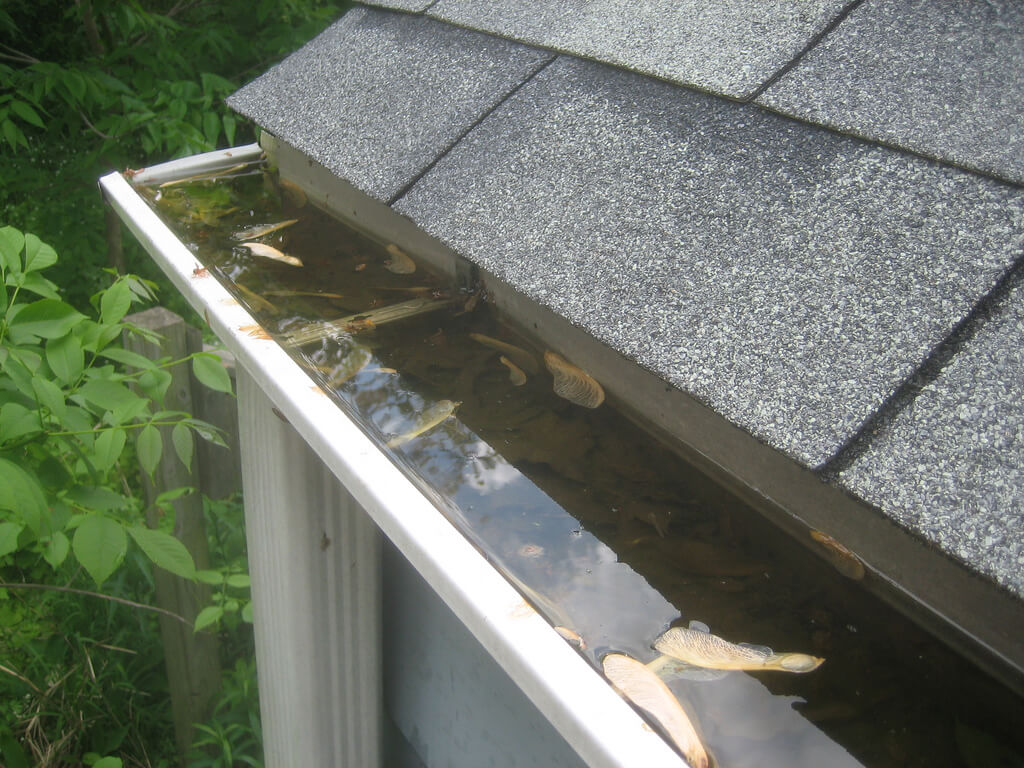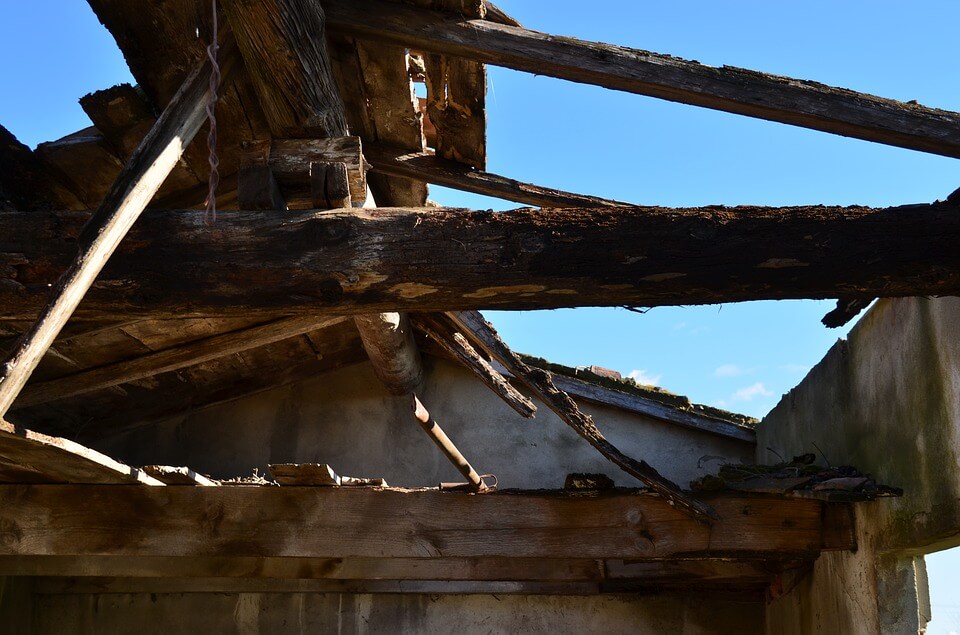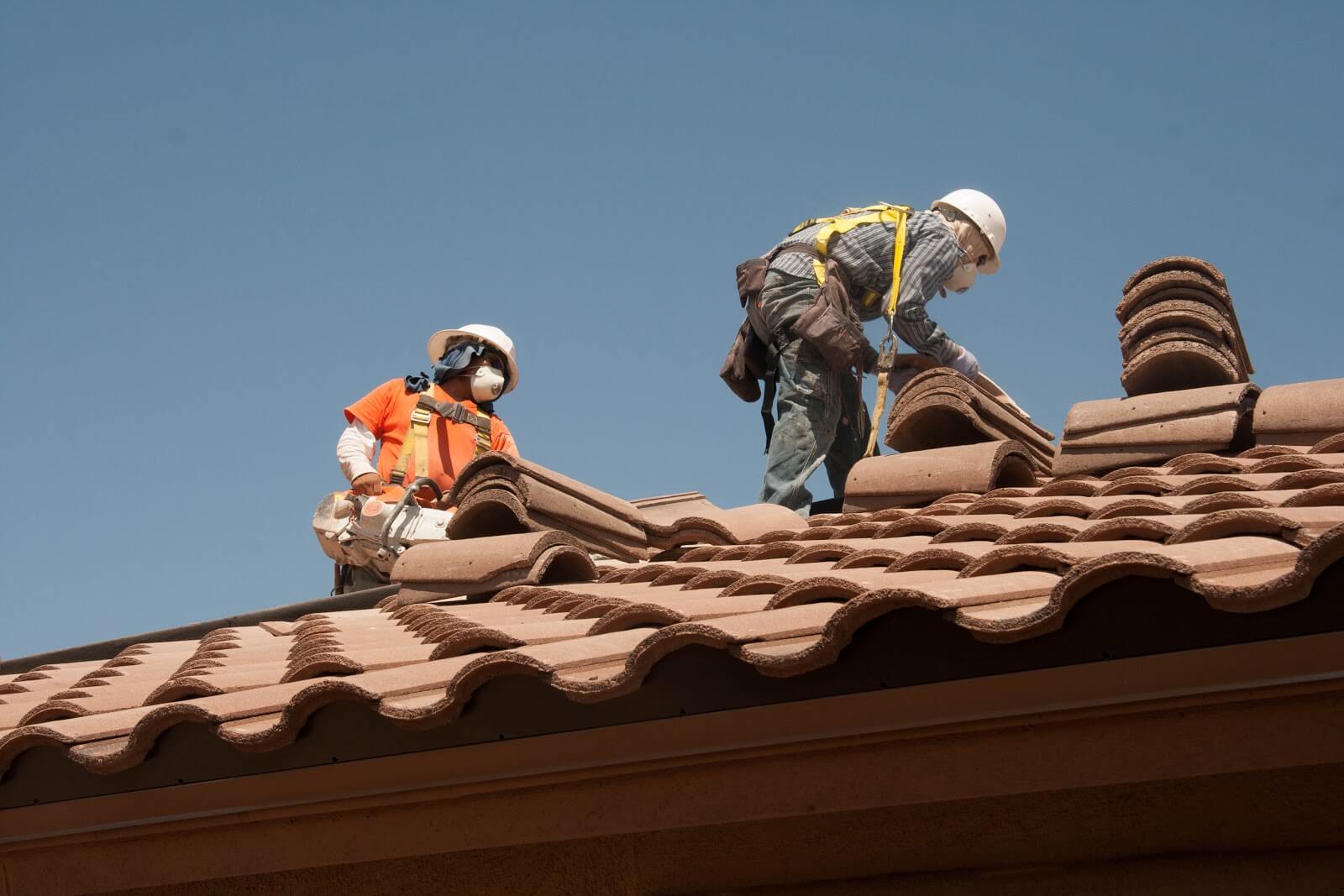
The health of a roof is crucial to any building. When the roof has an issue, even a small problem can result in a huge structural failure. To keep everything secure and prevent a disaster, it’s important to make sure your roof is ready to withstand anything nature might throw at it — especially during the fall and winter when severe weather can exploit any tiny issue your roof may have.
To avoid fall and winter roofing problems, there are a few strategies that you should keep in mind. Read on to learn more about our top tips for ensuring your roof stays in great condition throughout the seasons.
Survey Your Roof Thoroughly and Often
Getting to know your roof inside and out is a great way to stay on top of potential problems caused by fall rains or winter snow. It’s critical to look at all aspects of your roof when performing inspections including decking, underlayment, surface membrane, and flashing. Any vents or skylights in your roof should also be fully examined for splits, cracks, buckles, or blisters when conducting a winter roofing inspection. If you notice anything that looks out of place, jot it down and consult a reliable professional immediately.
Bringing in a contractor during the inspection process may seem like an unnecessary cost, but it can save you a lot of money in the long run. By doing consultations when weather is still favorable, you can assemble your team and create a plan of attack without the pressure of having to handle everything before a disaster happens. In fact, at CHR&R we provide roof inspections for free, so getting a second opinion from us is a smart, cost-effective maneuver.
Keep the Gutters as Clean as Possible

Gutters are one of your roof’s most important pieces. They are also one of the main areas you should pay attention to during a fall roofing evaluation. Over time your gutters will fill with leaves, sticks, and other debris. If they aren’t clear, then water will back up and result in major flooding issues; whether you are dealing with autumn storms or melting winter snow.
Ensuring that gutters are clean can be a major challenge in the autumn as leaves fall from the trees. Overflowing water can be pushed back up onto your roof which damages shingles and other roofing components. The added weight from wet leaves can also put extra pressure on your roof too and cause it to sag — a potentially critical problem when it comes to winter roofing when rains test the strength of your roof. Prevent this problem by scheduling routine cleaning both before and during the fall season. Also make sure to do one last deep clean of all gutters once the trees are bare to make sure your roof is good to go for winter.
Ensure the Attic is Properly Insulated & Ventilated

When inspecting your roof, don’t just focus on the exterior. Taking a look at your attic’s insulation and ensuring proper ventilation is just as important. Poor ventilation can cause hot air to build up and result in moisture damage, like mold or rot in your roof’s supports.
Insulation is just as important as ventilation. While many people assume windows and doors are the culprits of escaping heat, your roof can be just as damaging to your energy bill. Ensure your roof is insulated to lower heating costs.
Patch Up Issues Before the Weather Changes
Summer heat and storms can be brutal on your building’s roof. A number of issues can pop up, but it’s important to fix them as soon as possible. Cracked or missing shingles can be easy to fix during hot, dry periods. Using a flashlight can help you identify issues that can create winter roofing problems. Completing repair work right after a summer shower can be useful as any tiny cracks or leaks are easier to spot.
You can also bolster your roof to be prepared for fall and winter weather with some beneficial accessories. If you live in an area where snow is more common, like Alpine, you can use heat tape on the downspouts and steam heat on gutters to break up ice and prevent damaging buildup.
Make Sure Trees Won’t Create Extra Debris
One thing home and business owners overlook when preparing their structure for changing seasons is the surrounding foliage. Cleaning out leaves during fall roofing routines can be an easy fix, but don’t be afraid to take preventative measures a step further. Trim back any limbs that might hang over your roof or consider removing trees that don’t look structurally sound.
Just like your roof, the added pressure of hard rain during the winter can be deadly on trees. This weight can cause added plant debris to land on your roof if branches snap or trees fall over during a winter storm. Cutting them back or down now can prevent a lot of winter roofing damage from occurring later.
Call the Experts to Create the Best Plan

Preparing your roof for changing weather can seem like a challenge. But if you start preparations early, it can be much more manageable. Consulting with roofing experts, like the contractors at Custom Home Remodeling & Roofing, can ensure you the best plan to avoid winter roofing disasters. We can help you with a full roof inspection, cleaning up any debris, and taking care of issues before the seasons change. Only then will your roof will be ready to handle anything Mother Nature comes up with.
Contact us today for more information on our various services areas!